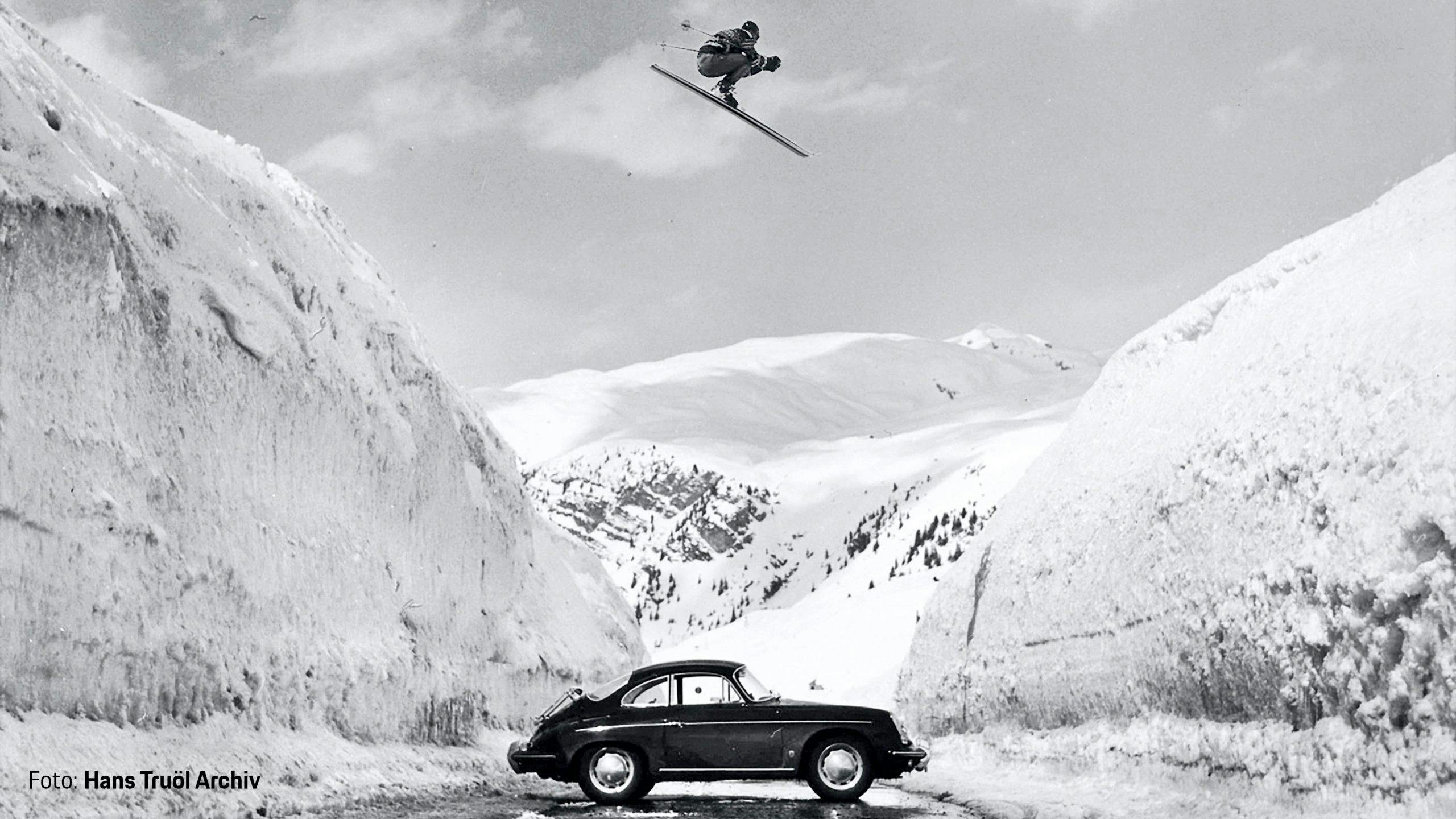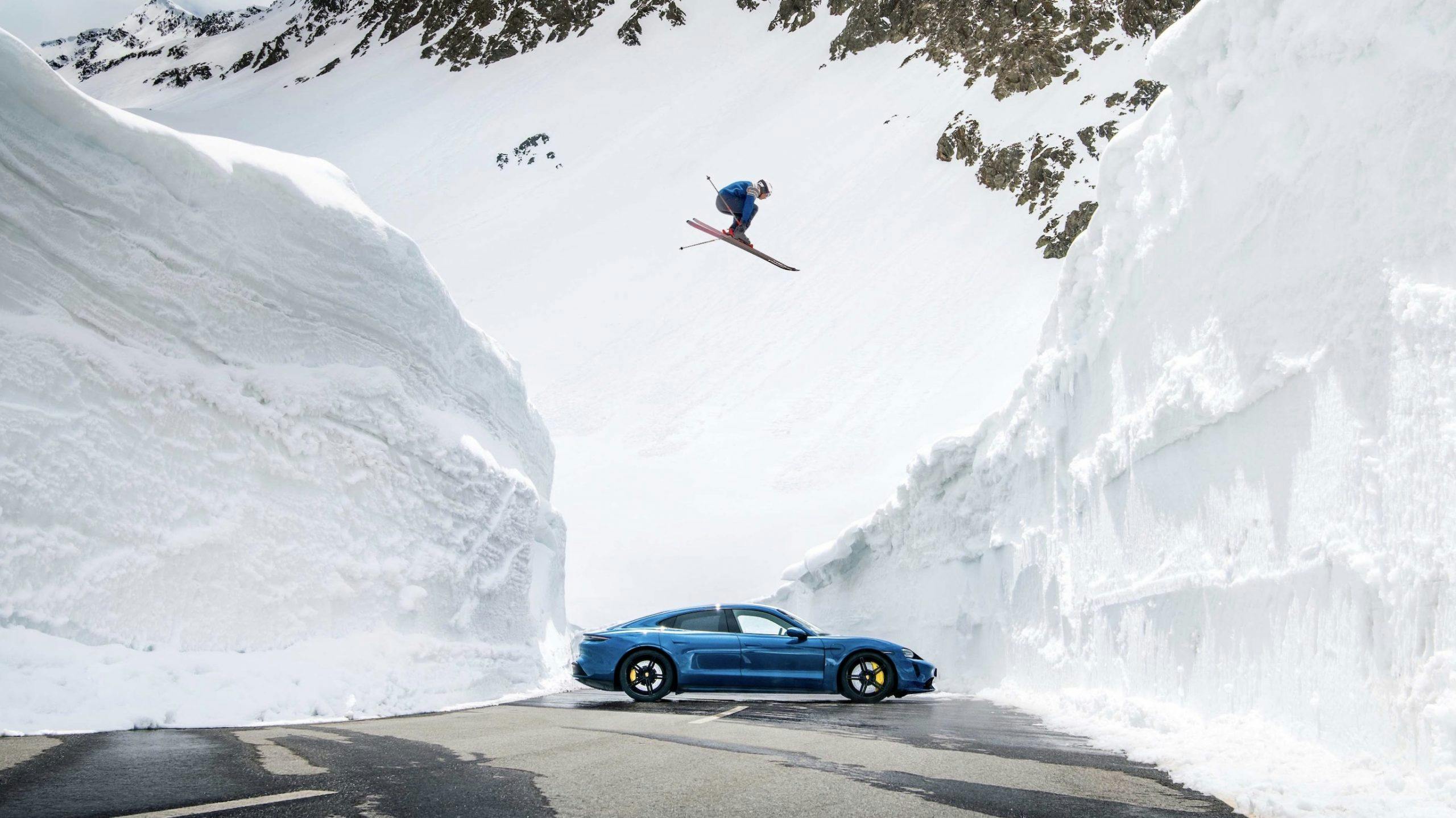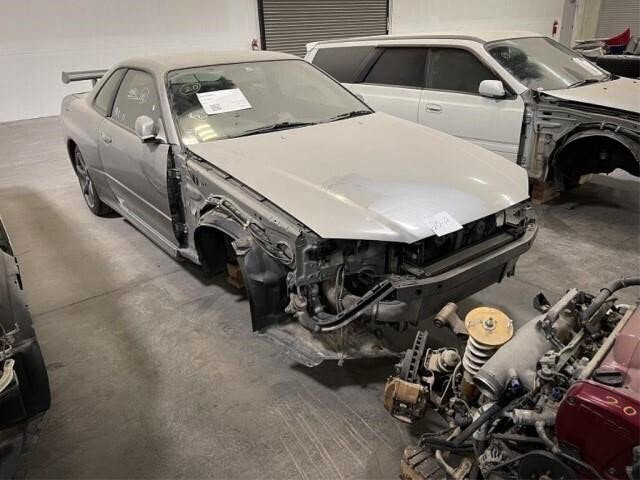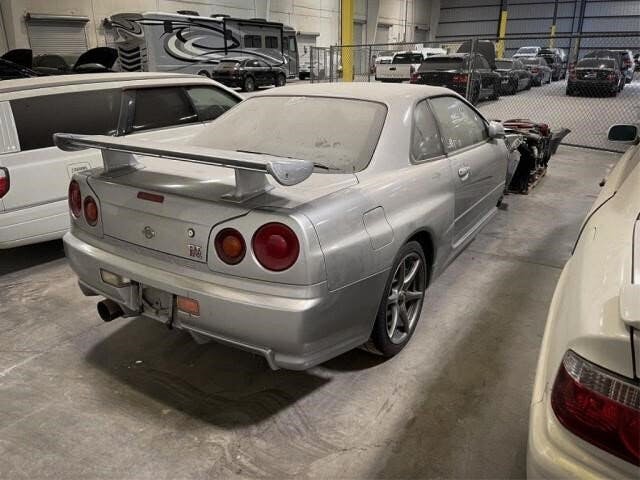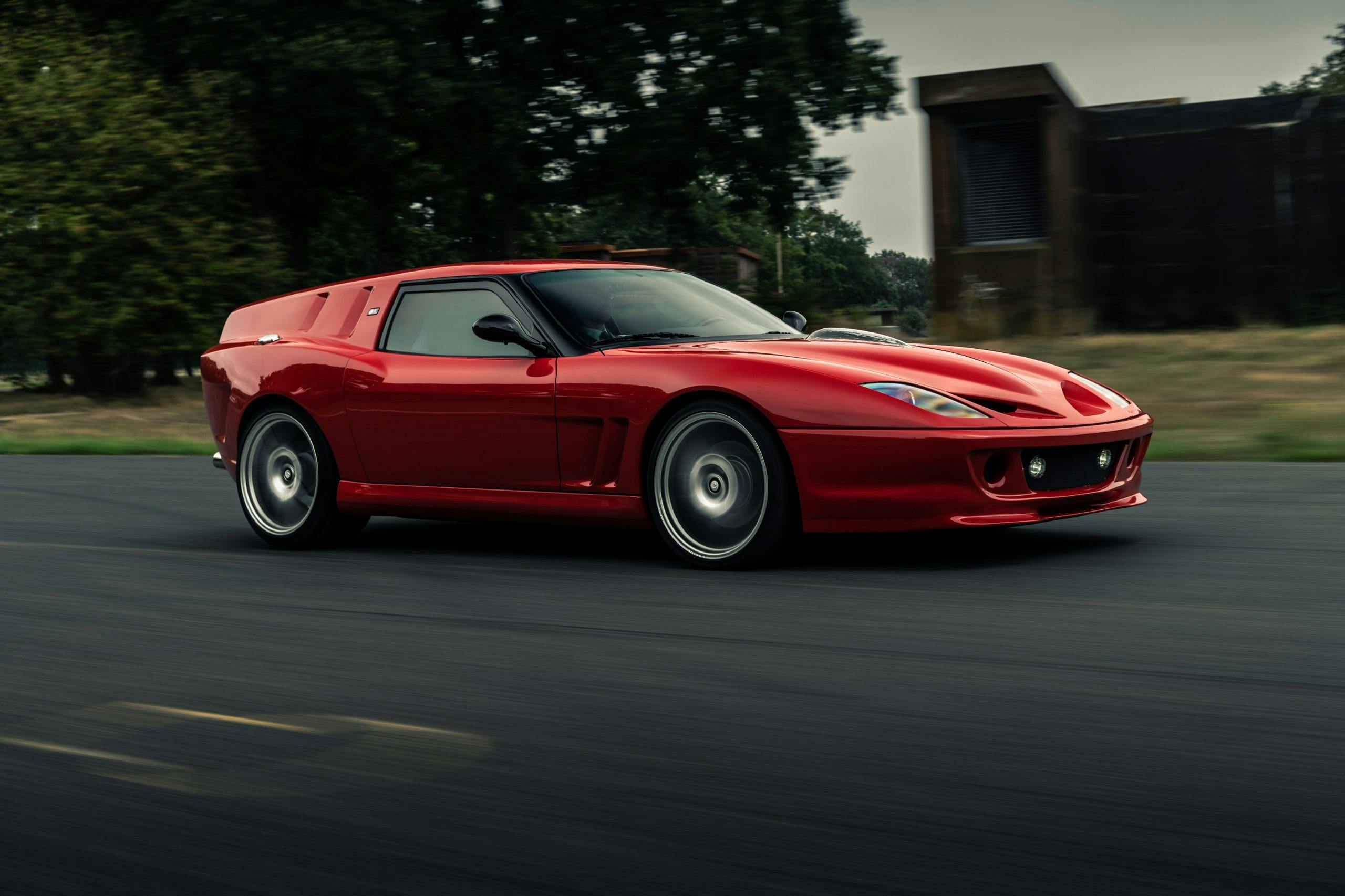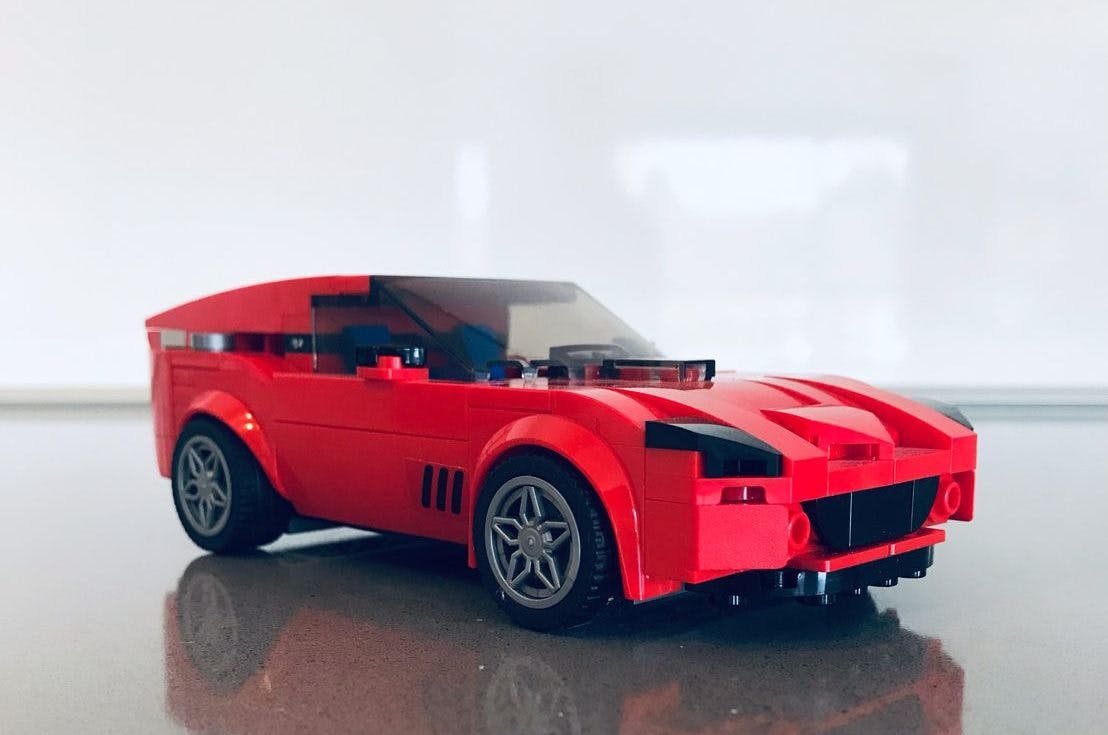Toyota Tundra revealed with hybrid option, LT5 small-block is scarce, Porsche jumps back in time
Toyota’s 2022 Tundra brings twin-turbo and hybrid tech to the truck wars
Intake: After months of teasers, detail images, and rumors, Toyota has lifted the silk on the all-new 2022 full-size Tundra pickup. The big news is in the engine bay, where a twin-turbo 3.5-liter DOHC V-6 produces either 389 horsepower and 479 lb-ft. of torque unassisted, or a whopping 437 hp and 583 lb-ft. of torque with electric supplementation from a hybrid system. Both configurations mate to a 10-speed automatic transmission. There’s a new multi-link rear suspension as well, which enabled Toyota engineers to incorporate an air suspension for certain higher-trim models. Payload is up 11 percent, topping out at 1940 pounds, while max towing increases 17.6 percent to 12,000 pounds. Inside, a new interior boasts a host of upgrades, including an optional 14-inch center touchscreen, a 12.3-inch digital instrument cluster, and a panoramic sunroof. The new Tundra is built in San Antonio, Texas, and is set to go on sale late this year, with pricing being announced closer to the on-sale date.
Exhaust: We’ve been waiting for quite some time to see the next-gen Tundra in full. Historically, Toyota is quite slow to change its products in major ways, and considering that the current-gen truck debuted in 2007 with a mild refresh in 2014, it’s safe to say that the Tundra lagged significantly on the hotly-contested full-size pickup battleground. These updates bring a modern touch to the Tundra, and not a moment too soon. Although it’s not the first full-size truck to introduce hybrid tech—that honor belongs to the venerable Ford F-150—the Tundra could provide the right mix of tech and toughness to woo buyers away from the Big Three’s offerings, all of which occupy the very top of the pickup sales charts.
Chevrolet’s most powerful small-block is almost sold out
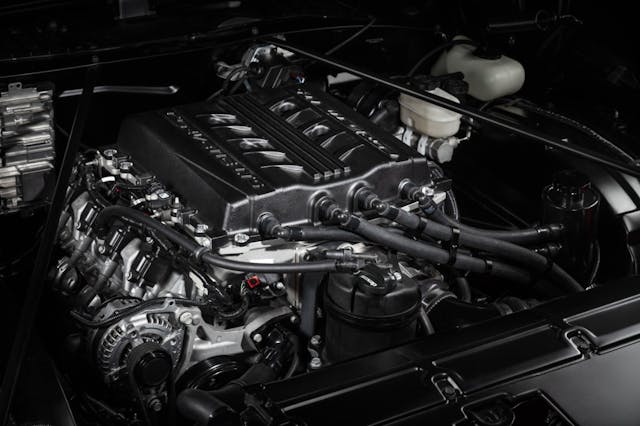
Intake: Chevrolet quietly ended production of the 755-horsepower LT5 crate engine earlier this year and supplies are almost gone. The supercharged 6.2-liter V-8 crate engine, which cost roughly $19,000, was about $4000 more than the 650-hp LT4 that’s still available as a crate engine and in production in the current Camaro ZL1. The LT5 saw service in the 2019 Corvette ZR1 and lasted longer in crate engine form than it did in C7 production. We first saw the LT5 crate engine at SEMA 2018.
Exhaust: We can’t fault Chevy for not keeping a low-volume crate engine in production, but it’s sad to see the most powerful small-block ever just fade away. If it’s any consolation to LT4 crate engine buyers, the $4000 they saved over an LT5 can go a long way in erasing that 105-hp deficit.
Porsche recreates classic 1960 ski jump shot
Intake: In 1960, Porsche captured the moment Olympic Gold medalist Egon Zimmermann jumped clear over the top of a 356 parked between building-high snow banks on the Flexen Pass in Austria. The photo, shot by Hans Truöl and creatively named, “On taking a shortcut” became one of the most famous photos of the classic coupe. Now, 61 years later, Porsche has decided to do a reshoot with a Taycan taking the place of the 356, and Norwegian double Olympic winner and five-time world champion Aksel Lund Svindal making that fateful leap. Porsche CFO Lutz Meschke says that there’s a message beyond nostalgia, “With the new version we are continuing the story and building the bridge between yesterday, today and the innovations of tomorrow.” A limited number of art prints will be available through the Porsche online store before the end of 2021.
Exhaust: This might just be the coolest image of the Taycan taken so far—although, to be honest, we’d quite like to see a Taycan jumping over a skier. Some brands mine their heritage in rather gratuitous ways, but Porsche seems to repeatedly nail it when recreating some of its finest moments.
Impounded JDMs sell for $148K, winning bidder must export immediately
Intake: A group of at least 21 Japanese domestic market vehicles, seized in California by the U.S. Department of Treasury, sold for $148,000 in a government auction that ended today. Among those vehicles impounded in violation of the United States’ 25-year import rule were a Nissan R34 Skyline GT-R, two other R34-series Skylines, eight S15 series Nissan Silvias, three Honda Accord Euro Rs, several Toyota Chasers, and a Nissan Stagea 25RS-FOUR. The cars are in various forms of assembly, suggesting they were disassembled and shipped to the U.S. in pieces to get through customs. The winning bidder is required to immediately export the entire lot.
Exhaust: JDM enthusiasts in America are eager to get their hands on these Japanese heroes, so much so that some people are illegally jumping the gun to bring them here. The good news is that the U.S. government chose to auction the cars instead of destroying them, the other possible outcome to situations like this. Perhaps these JDMs are headed to Canada, which has a less-stringent 15-year import rule, and they’ll have an opportunity to legally return to the U.S. in 3–10 years.
Lego designer builds a brilliant brick Breadvan
Intake: Artist Mani Zamani was so inspired by the Ferrari Breadvan Hommage by Niels van Roij Design that he built his own. In Lego. Meet the first Homage to the Breadvan Homage. Aside from Zamani’s day job as a Lego designer in Denmark, he also creates digital artwork inspired by nature and transportation. Despite the limitations of working with plastic blocks, Zamani has really captured the essence of van Roij’s car, from the shark nose and the visor-like windshield to the clear bubble in the hood that displays the engine—and the tapered van-like rear end, of course. The model is “Very special indeed,” says van Roij.
Exhaust: An homage homage is rather meta, but we have to say that we’re loving Zamani’s brickwork. It’s just a shame that the model isn’t an official Lego kit. Perhaps one day, we’ll see it on shelves in our favorite department stores.
Stellantis plans to amp up its EV investment through 2025
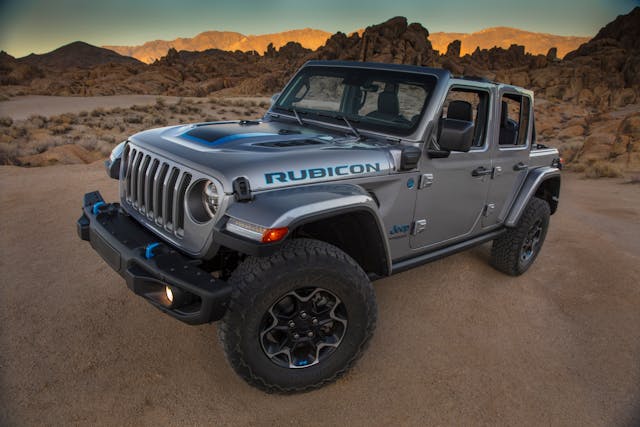
Intake: The electric bug has finally bitten Stellantis. According to Automotive News, the mega-merger automaker will be committing more than $35 billion into EV development through 2025. Four electric platforms are slated to arrive in that span, each with claimed range capabilities of 300 to 500 miles per charge. In Stellantis’ view, the benchmark is to hit is more than 40 percent of its stateside sales volume from electrified vehicles by 2030. Following a BEV Jeep in 2023, other sub-brands (Ram, Dodge, Chrysler, Alfa Romeo and Fiat) will all be in for the electric treatment to some measure of degree; however, it’s looking probable that the electric Alfa and Fiat offerings will remain overseas items only.
Exhaust: It may seem like Stellantis is arriving late to a party that Ford and GM are already working on, but that should make little difference in the outcome of who makes a lasting impression. Its $35 billion dollar spend over the next four years is more than enough to get Stellantis up to speed, as it dials in how to ween its sub-brand loyalists onto electrification naturally. Jeep’s stab-at-the-future 4xe hybrid, along with upcoming Jeep and ProMaster BEVs, are more conservative ways to get a room going. But an electric muscle car from Dodge in 2024? That could get contentious.

